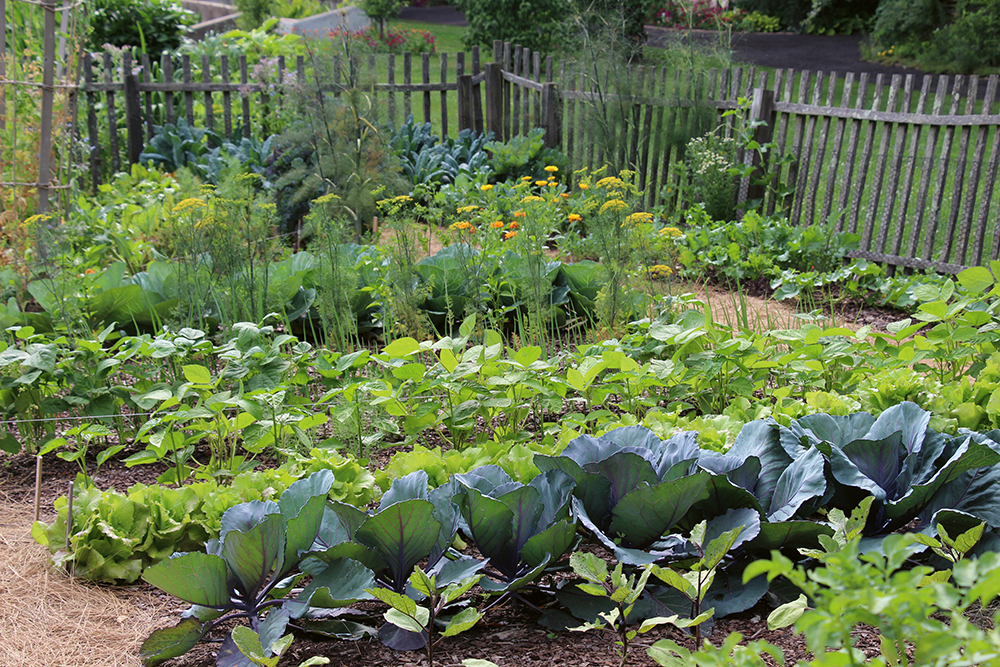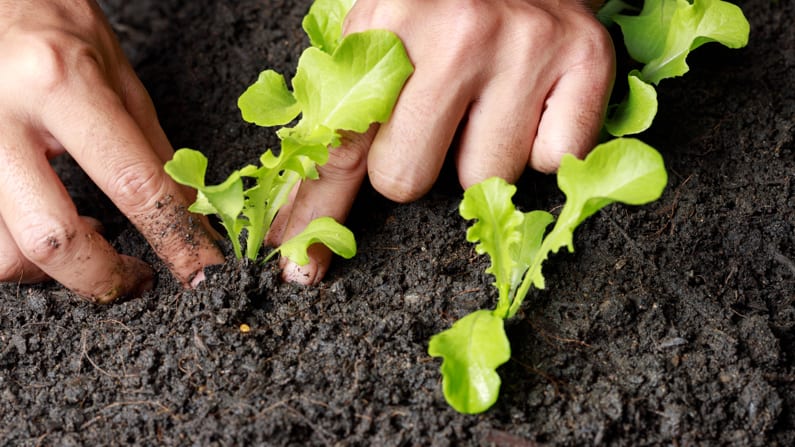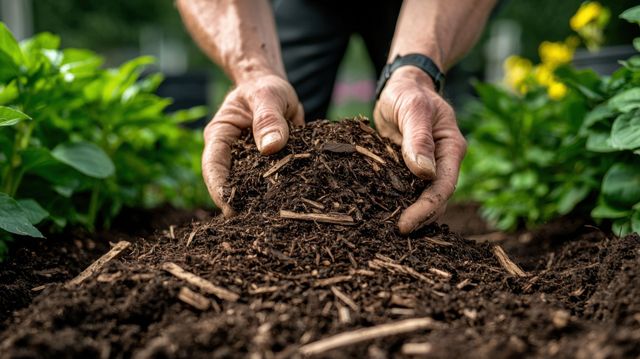Year-Round Planting: A Seasonal Guide for Continuous Harvest
A truly productive garden doesn't take seasons off—it adapts to them. With careful planning and the right varieties, you can enjoy fresh harvests every month of the year, even in colder climates. This comprehensive guide walks through creating a year-round planting calendar tailored to your region.
Understanding Your Growing Zone
The foundation of year-round gardening is knowing your USDA Hardiness Zone and average frost dates. These determine:
- Your growing season length
- Which perennial plants will survive your winters
- When to start seeds indoors
- Appropriate planting times for cool-season and warm-season crops

Spring Planting Strategy
As soil becomes workable in spring, focus on:
- Cold-hardy crops: Peas, spinach, lettuce, radishes, and brassicas can tolerate light frosts
- Perennial vegetables: Asparagus, rhubarb, and artichokes establish now for future harvests
- Succession planting: Sow quick-maturing crops every 2-3 weeks for continuous harvest
- Transplant preparation: Start warm-season crops indoors 6-8 weeks before last frost
Summer Abundance
Maximize summer's warmth with:
- Heat-loving vegetables: Tomatoes, peppers, eggplants, cucumbers, squash, and beans
- Mid-summer planting: Sow fall crops like carrots, beets, and brassicas in July/August
- Intercropping: Plant fast-growing radishes between slower-growing cabbage
- Shade strategies: Use taller plants to protect lettuce and spinach from summer heat

Fall Transition
Extend harvests into cooler months with:
- Cold-tolerant varieties: Look for "winter-hardy" or "overwintering" types of spinach, kale, and onions
- Season extenders: Cold frames, row covers, and low tunnels protect plants from early frosts
- Garlic planting: Plant in fall for harvest next summer
- Cover crops: Sow winter rye or clover in empty beds to improve soil
Winter Harvests
Even in cold climates, winter gardening is possible:
- Hoop houses: Unheated structures keep temperatures 10-20°F warmer than outside
- Indoor growing: Microgreens, sprouts, and herbs can grow on sunny windowsills
- Storage crops: Properly cured winter squash, potatoes, and onions last for months
- Perennial harvests: Some kale and leeks survive winter and regrow in spring
Creating Your Planting Calendar
To implement year-round planting:
- Mark your average first and last frost dates
- List all crops you want to grow with their days to maturity
- Work backward from frost dates to determine planting times
- Schedule succession plantings every 2-4 weeks for continuous harvest
- Include cover crop periods for soil improvement
With thoughtful planning and season-appropriate varieties, your garden can transition seamlessly through the seasons, providing fresh produce even during traditionally "off" months.





:strip_icc()/BHG-gardening-pests-neem-oil-for-plants-Hero-351e9a537e704fdfad83a6e55b7e9d3b.jpg)